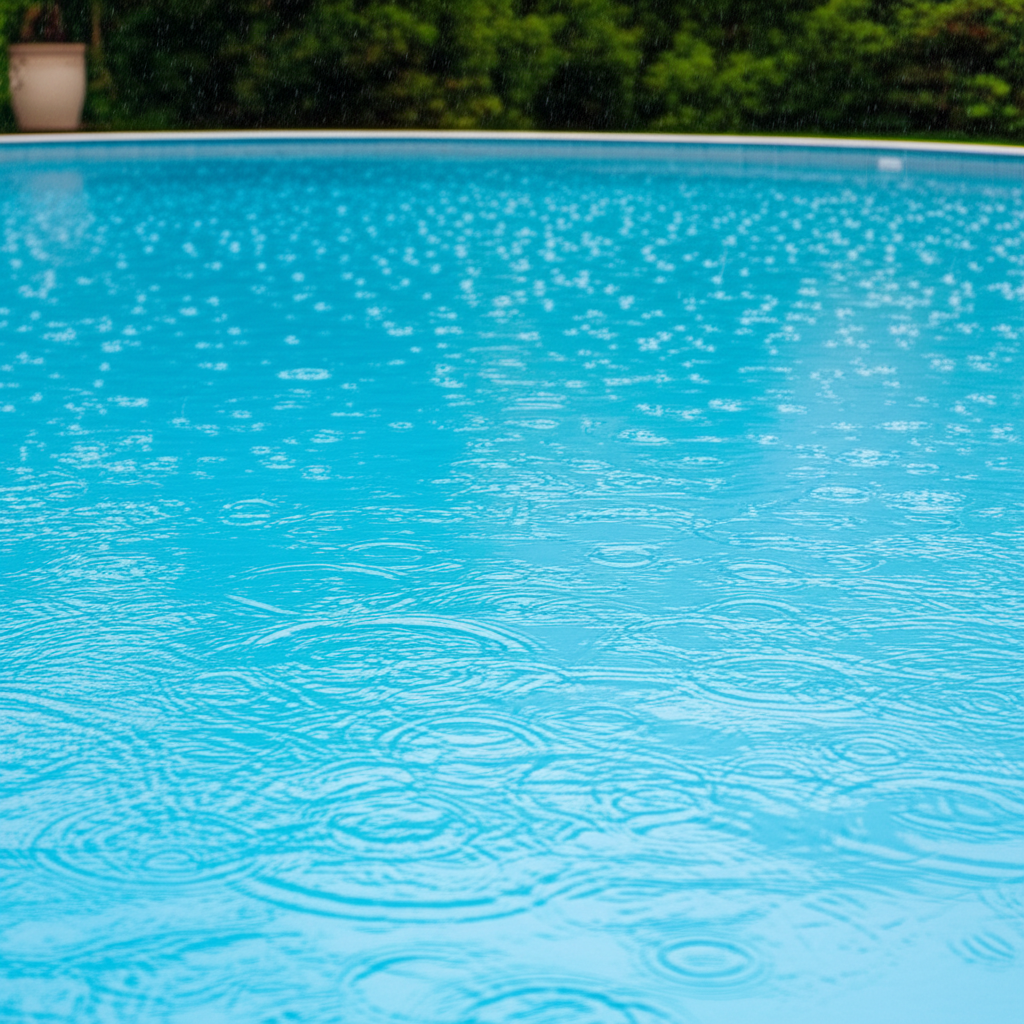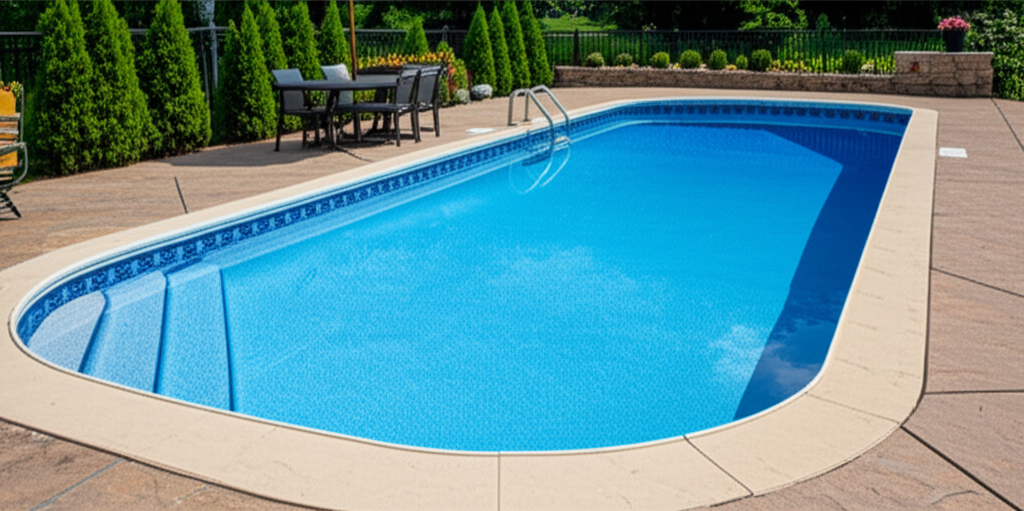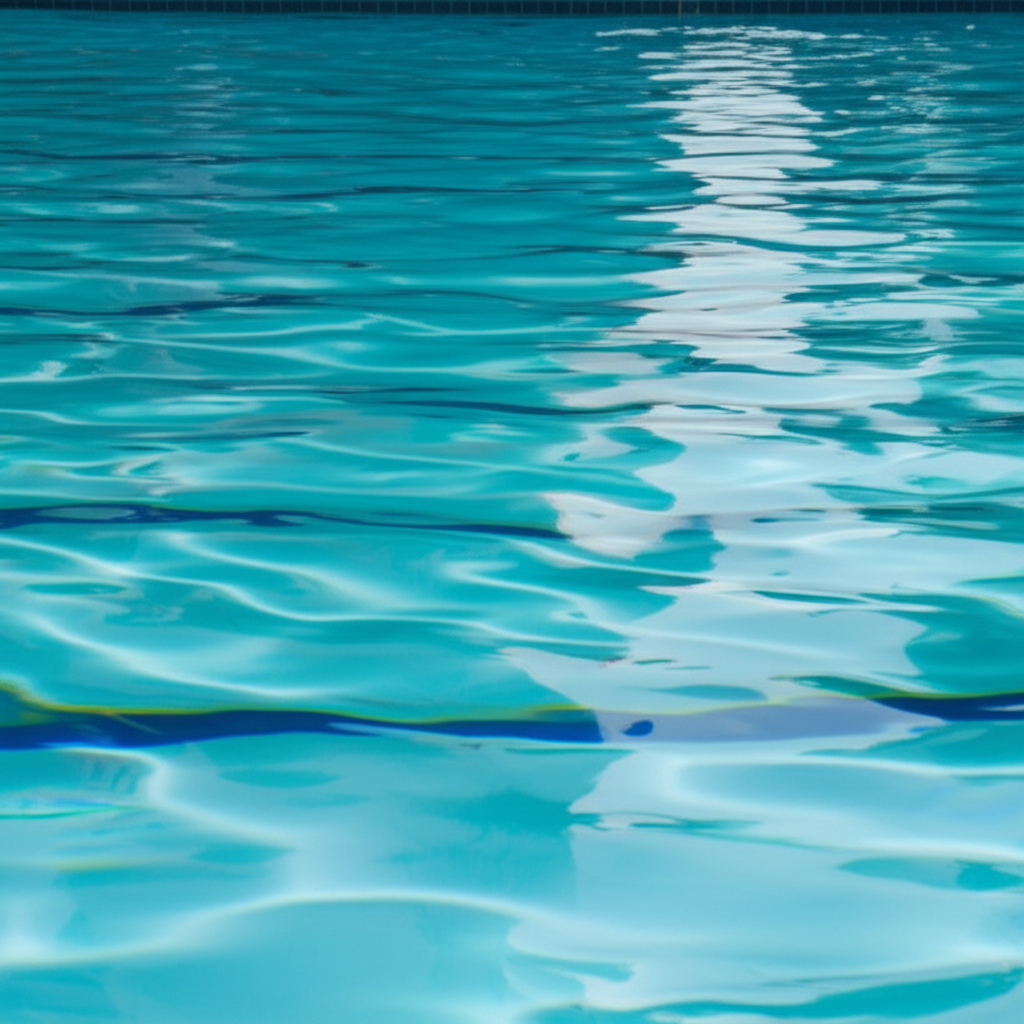- The Chemical Cascade: How Rain Influences Pool Chemistry
- Before, During, and After the Storm: Mastering Rain and Pool Water Dynamics
- Before the Downpour
- During the Rain
- After the Rain Stops
- The Interplay of Sun and Chlorine
- Maintaining Balance: Ongoing Strategies
Rain and Pool Water: A combination that pool owners know can either be a refreshing blessing or a chemistry nightmare. While a summer shower might seem like a natural way to top off your pool, the reality is that rainwater significantly impacts your pool’s delicate chemical balance, often leading to cloudy water, algae blooms, and corrosive environments. Mastering your pool chemistry in the face of varying weather requires understanding how rain affects your water and what proactive steps you can take to maintain a sparkling, healthy swimming oasis.
The Chemical Cascade: How Rain Influences Pool Chemistry
Rain isn’t just pure, clean water descending from the sky. It carries with it a host of elements that can throw your pool chemistry into disarray. Here’s a breakdown of the primary effects:
1. Dilution of Sanitisers and Chemicals: The most immediate and obvious impact of rain is dilution. Heavy rainfall can quickly reduce the concentration of chlorine, alkalinity, and calcium hardness. Low chlorine levels leave your pool vulnerable to bacteria and algae, while depleted alkalinity and calcium hardness can lead to pH instability and potential damage to pool surfaces and equipment.
2. pH Shift: Rainwater is typically slightly acidic, with a pH of around 5.6 due to dissolved carbon dioxide. When this acidic water enters your pool, it can lower your pool’s pH, making the water corrosive. Conversely, runoff from surrounding landscaping or concrete can sometimes introduce alkaline substances, causing the pH to rise. Both extremes are detrimental.
3. Introduction of Contaminants: Rain doesn’t fall in a vacuum. It washes pollen, dust, leaves, twigs, dirt, and even airborne pollutants directly into your pool. These organic and inorganic contaminants consume chlorine rapidly, further depleting your sanitiser levels. Algae spores, ever-present in the air, also get a free ride into your pool, often finding the perfect breeding ground if chlorine is low and nutrients are abundant.
4. Increased Total Dissolved Solids (TDS): Over time, the accumulation of minerals, salts, and other dissolved substances contributes to an elevated TDS level. While rain itself is low in TDS, the pollutants it brings in can add to it. High TDS can make chemicals less effective and give the water a dull, flat appearance.
Before, During, and After the Storm: Mastering Rain and Pool Water Dynamics
Effective pool management around rainy periods involves a three-pronged approach: preparation, observation, and swift post-rain action.
Before the Downpour
Adjust Water Level: If heavy rain is forecast, it’s wise to lower your pool’s water level slightly below its normal operating height. This prevents overflow, which can erode your landscaping or flood your pool equipment area.
Clear the Deck: Remove any furniture, toys, or loose items from around the pool deck that could be blown into the water or damaged by high winds.
Secure Covers: If you have a safety cover or a winter cover, ensure it’s properly secured to prevent debris accumulation inside the pool and potential damage to the cover itself.
During the Rain
Avoid Shocking: Don’t add chemicals, especially shock, during active rainfall. The rain will dilute them before they can properly mix and work, essentially wasting your product.
Run the Pump: It’s generally beneficial to keep your pool pump running during light to moderate rain. This helps circulate the water and filter out some of the initial debris. For heavy storms with lightning, turn off the pump for safety.
After the Rain Stops
This is where the real work begins to restore balance and clarity to your pool.
1. Skim and Clean: Immediately after the rain, thoroughly skim the surface for leaves, bugs, and other floating debris. Vacuum the pool floor if necessary to remove sediment. Don’t let organic matter sit and decompose, which consumes chlorine and provides food for algae.
2. Check Water Level: If the rain has caused your water level to rise above the skimmer opening, you may need to drain some water to bring it back to the normal range. Conversely, prolonged heavy rain over many days may not raise levels as much if the ground is saturated and some water spills over the edge slowly.
3. Test Your Water – Thoroughly: This is the most crucial step. Test for:
pH: Likely to be low (acidic) after rain.
Total Alkalinity (TA): Almost certainly diluted and low.
Chlorine (Free and Total): Very likely to be depleted due to dilution and the influx of contaminants.
Calcium Hardness (CH): Can also be diluted, though less dramatically than TA and chlorine.
Cyanuric Acid (CYA): While not directly affected by rain, knowing your CYA level is vital for understanding your chlorine’s effectiveness.
4. Adjust Chemicals in Order:
Balance Alkalinity First: Low alkalinity makes pH unstable. Raise TA to 80-120 ppm using sodium bicarbonate (baking soda).
Adjust pH: Once TA is stable, bring your pH to the ideal range of 7.4-7.6 using pH increaser (soda ash) or decreaser (muriatic acid or dry acid).
Boost Chlorine: Add a significant dose of chlorine, often referred to as “shocking” the pool, to rapidly kill bacteria, algae, and oxidise contaminants. Aim for a free chlorine level of 5-10 ppm or higher depending on pool condition, ensuring your CYA supports this.
5. Run the Filter Longer: After adding chemicals, run your filter continuously for at least 24-48 hours to ensure proper mixing and to filter out any new particulate matter. Backwash or clean your filter as needed, as it will be working harder.
The Interplay of Sun and Chlorine
Another critical factor in maintaining clear pool water is the relationship between Sun and Chlorine. Sunlight’s UV rays are incredibly effective at breaking down chlorine, making it disappear from your pool water literally before your eyes. This is why stabiliser, or Cyanuric Acid (CYA), is so important. CYA acts like sunscreen for your chlorine, shielding it from UV degradation and extending its lifespan significantly.
After a rain event, your chlorine levels will be low, and contaminants will be high. If your CYA levels are also low, any chlorine you add will be quickly consumed by the sun before it can effectively sanitise the water. Therefore, when rebalancing your pool after rain, always ensure your CYA is within the recommended range (30-50 ppm for traditional chlorine pools). Without adequate CYA, you’ll be constantly struggling to maintain a chlorine residual, especially on sunny days following a storm.
Maintaining Balance: Ongoing Strategies
To keep your pool pristine year-round, regardless of the weather:
Regular Testing: Make consistent water testing a habit, even when the weather is calm. This allows you to catch minor imbalances before they escalate.
Understand Your Pool: Every pool is unique. Learn how yours reacts to different weather patterns and usage levels.
Source Control: Keep your pool area clean, prune overhanging trees, and ensure your deck drains away from the pool to minimize debris and runoff.
By understanding the intricate dance between Rain and Pool Water chemistry, and taking proactive steps, you can ensure your swimming pool remains a source of joy and relaxation, rather than a chemical conundrum, even after the storm clouds have cleared.



